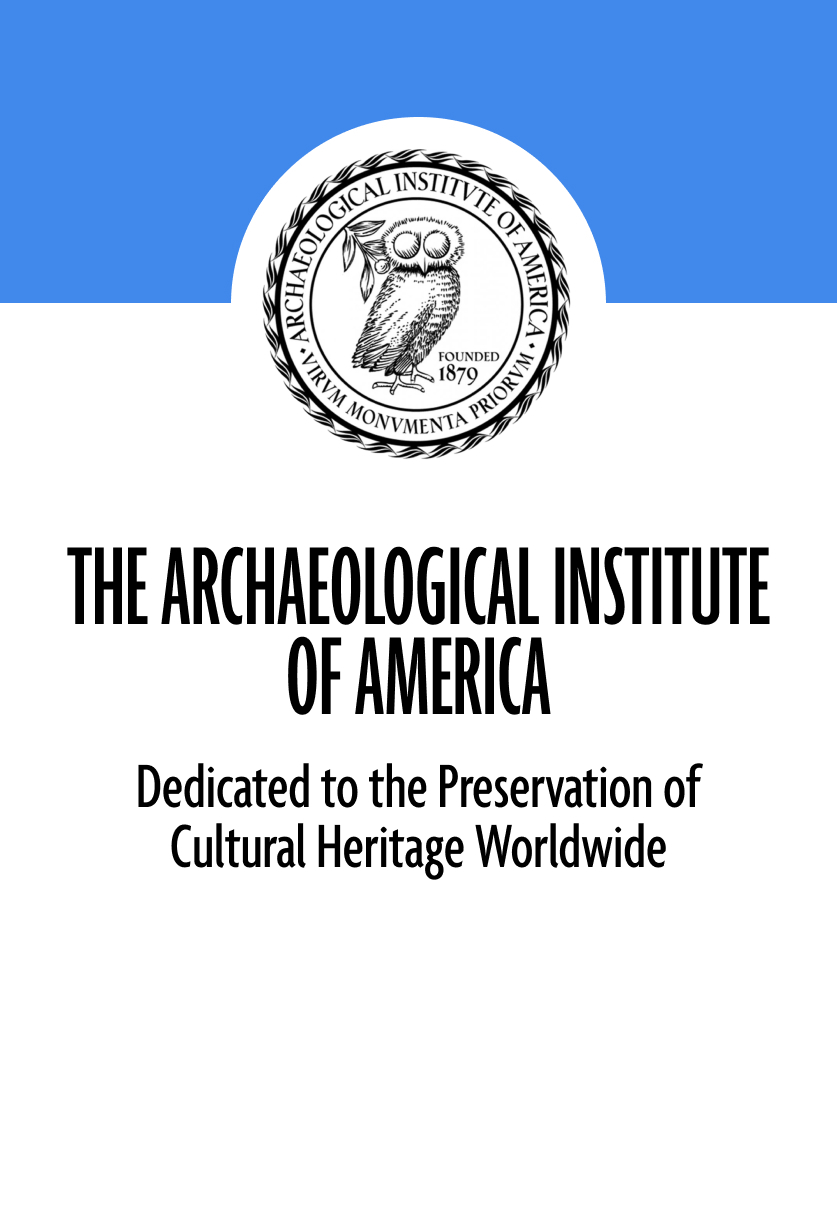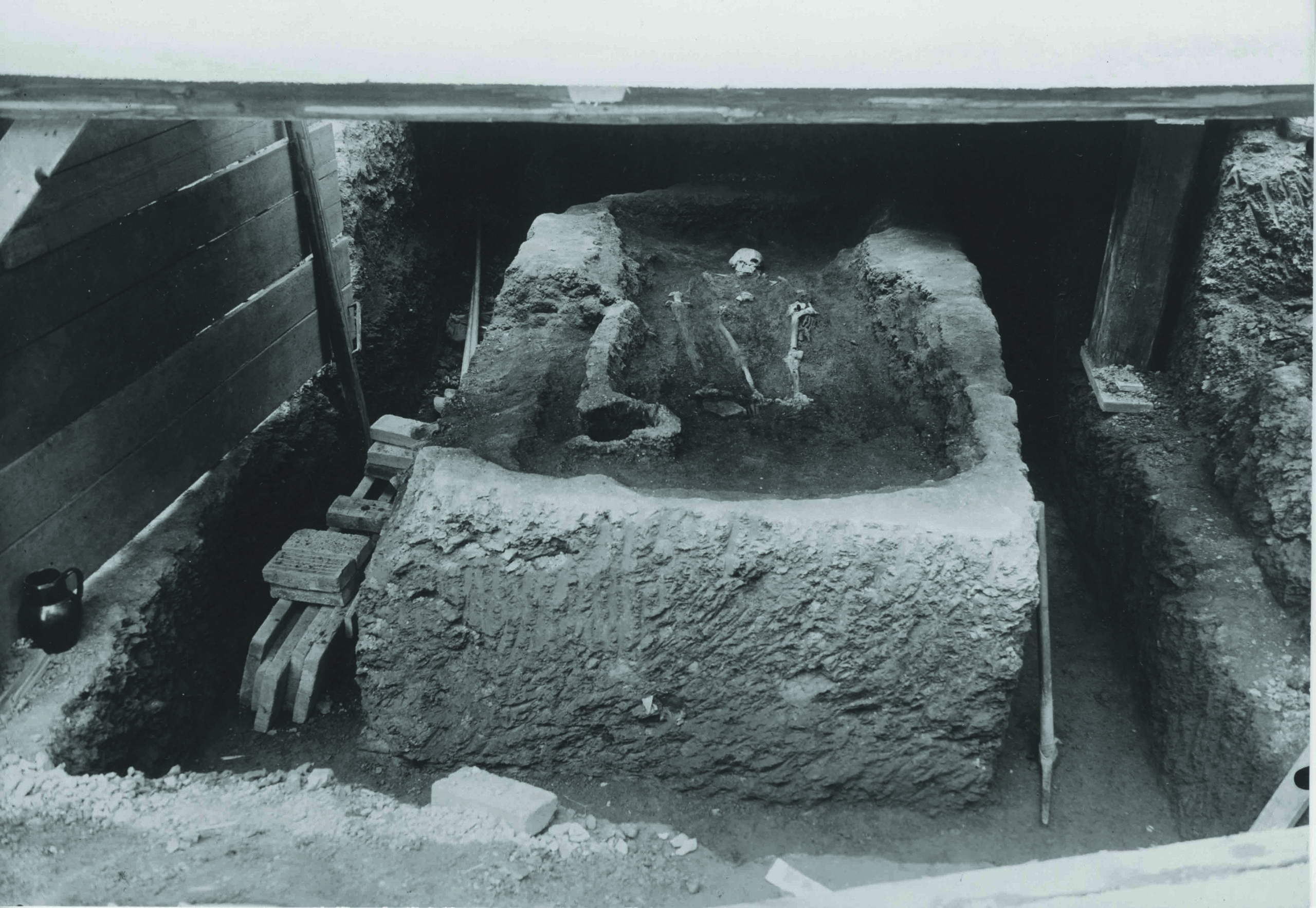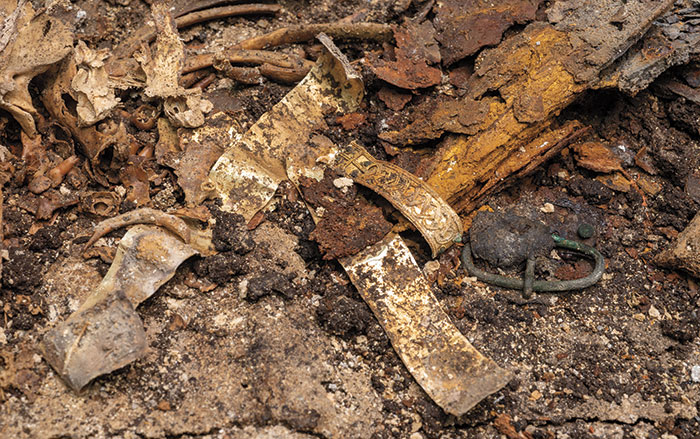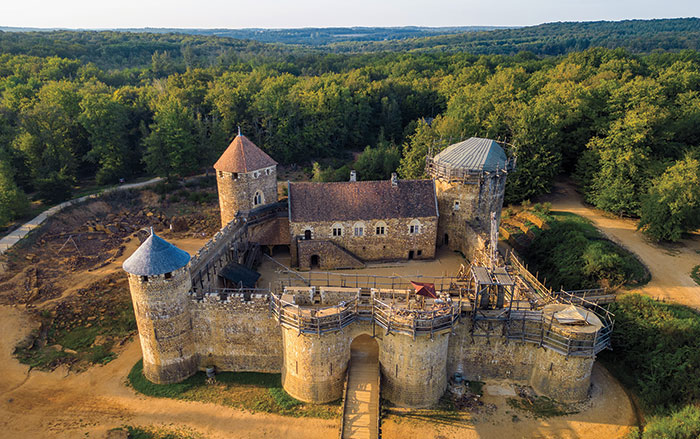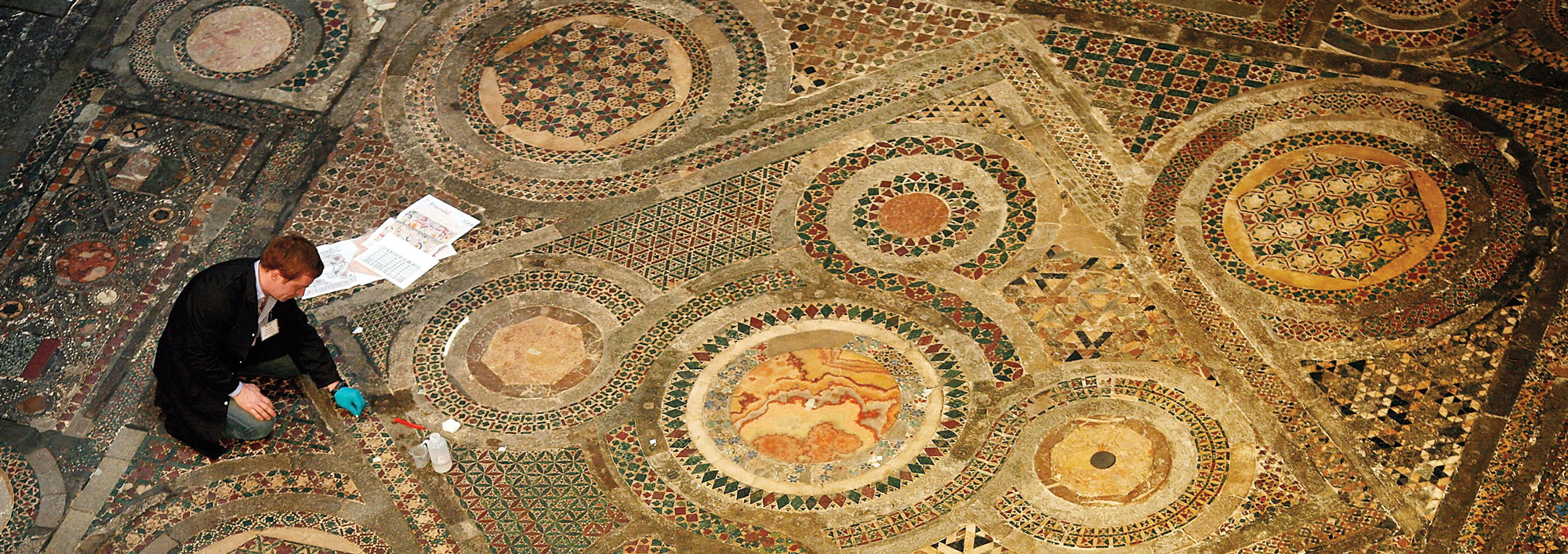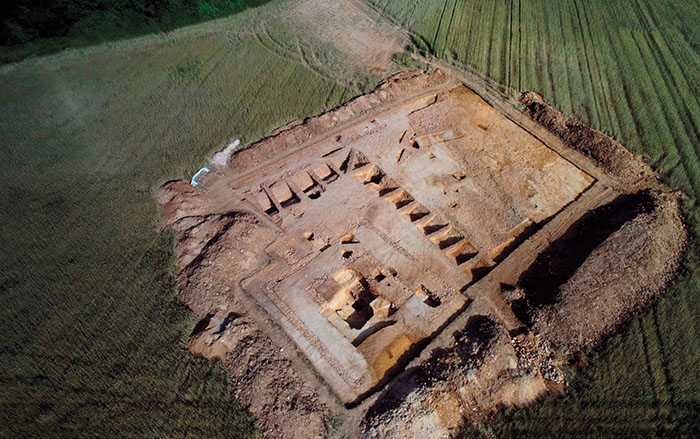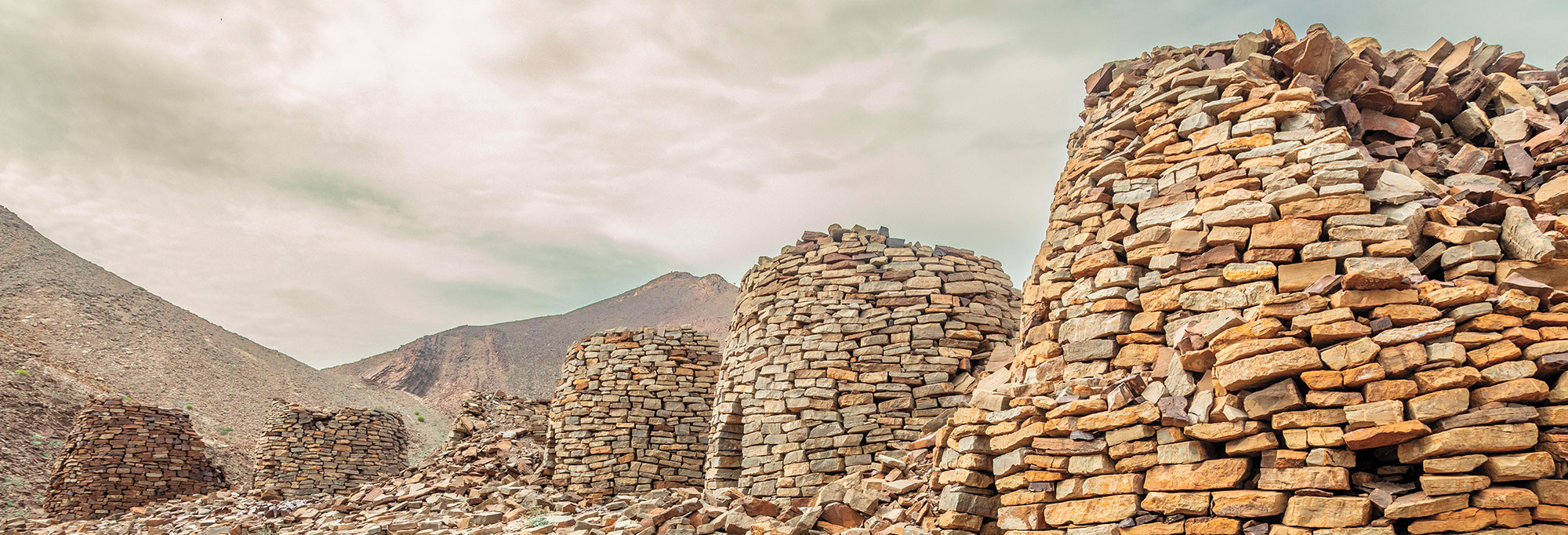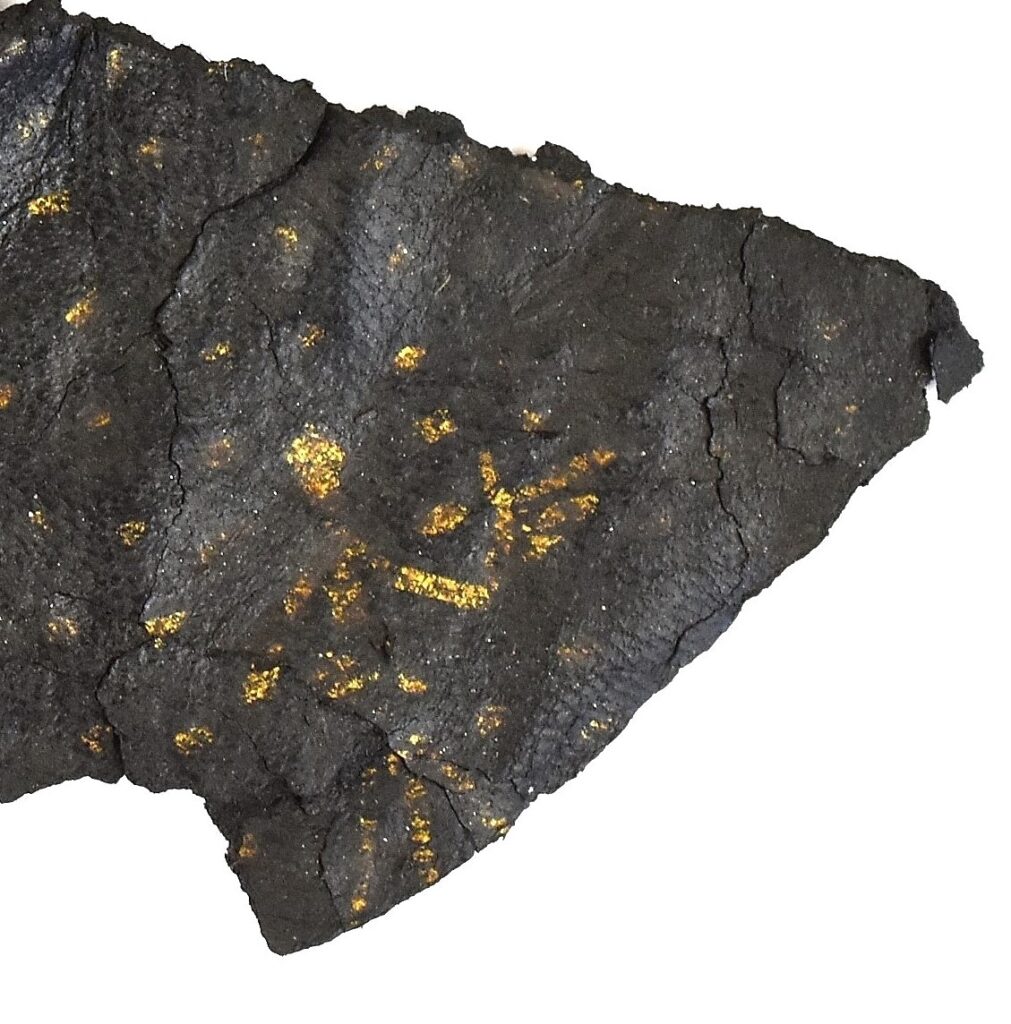
TŘEBÍČ, CZECH REPUBLIC—An excavation conducted in the historic center of the town of Třebíč has revealed thirteenth-century carved pottery, the upper part of a leather shoe decorated with gold, a bakery, a blacksmith’s workshop, a timber processing area, a millet drying facility, and a possible stable, according to a Radio Prague International report. Founded in the twelfth century in Moravia, Třebíč is located in what is now the southeastern Czech Republic. Archaeologist Aleš Hoch said that the unusual shoe is rare evidence of the town’s early elite. “We know of only a few [similar] pieces from Wrocław in Poland; otherwise they’re not well known in Europe,” he said. “But if you look at period books and illuminations, such ornate footwear was worn only by the elite,” he explained. Archaeologist Milan Vokáč will now focus on finding sources for the materials used by the residents of the settlement. “To find out for example, where they obtained the graphite. Also where they got the clay for producing clay mortars and wall coatings for wooden houses, or clay floors. And where they obtained stone as the basic building materials for those houses,” he concluded. To read about the medieval history of the country's capital, go to "Off the Grid: Old Town Prague, Czech Republic."

